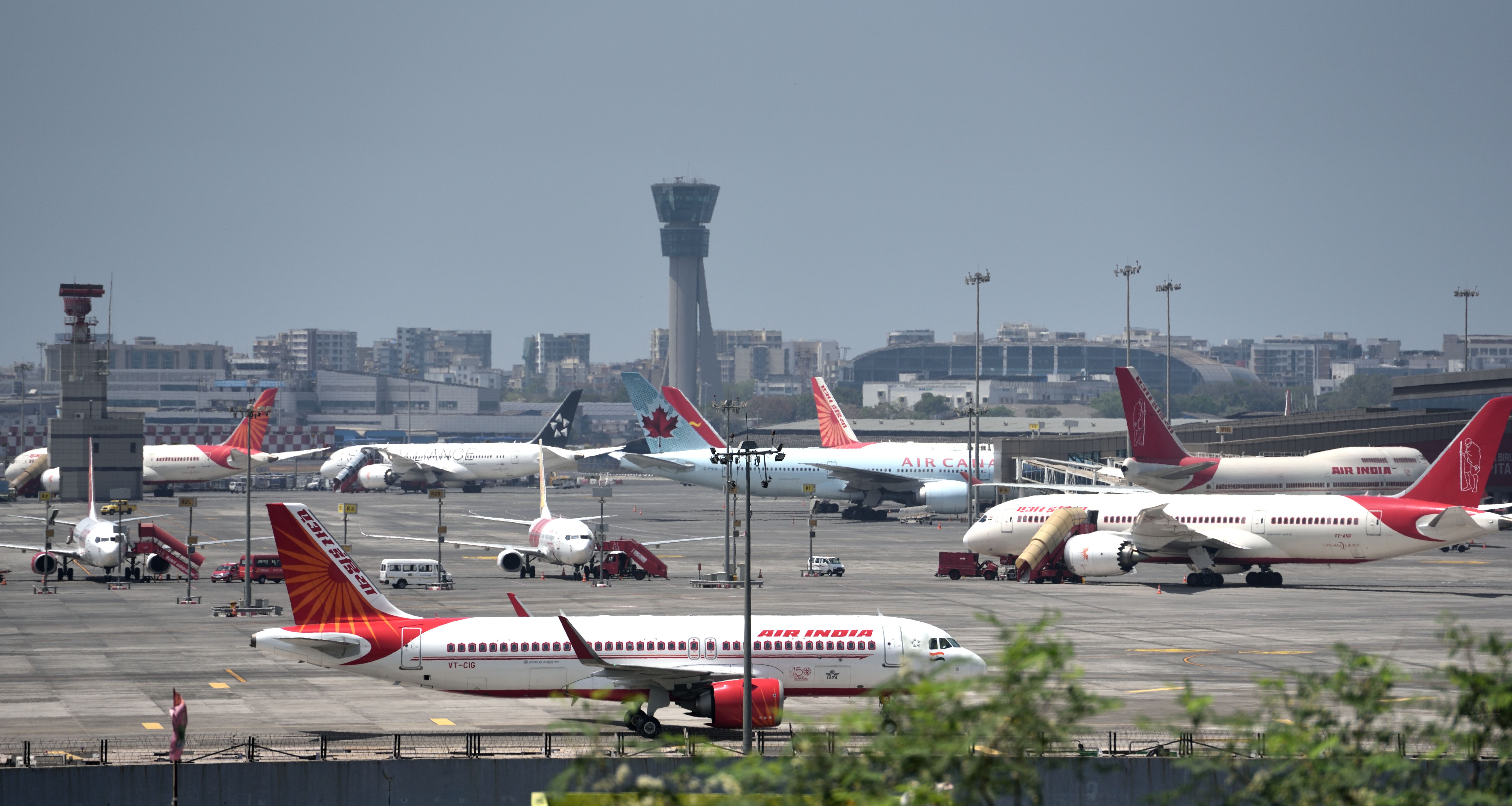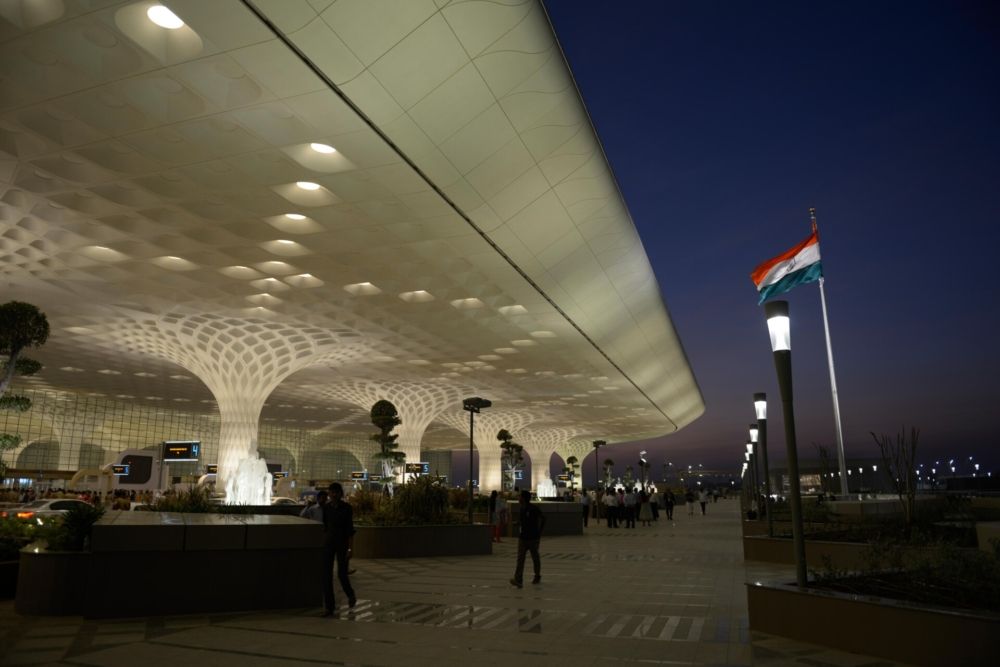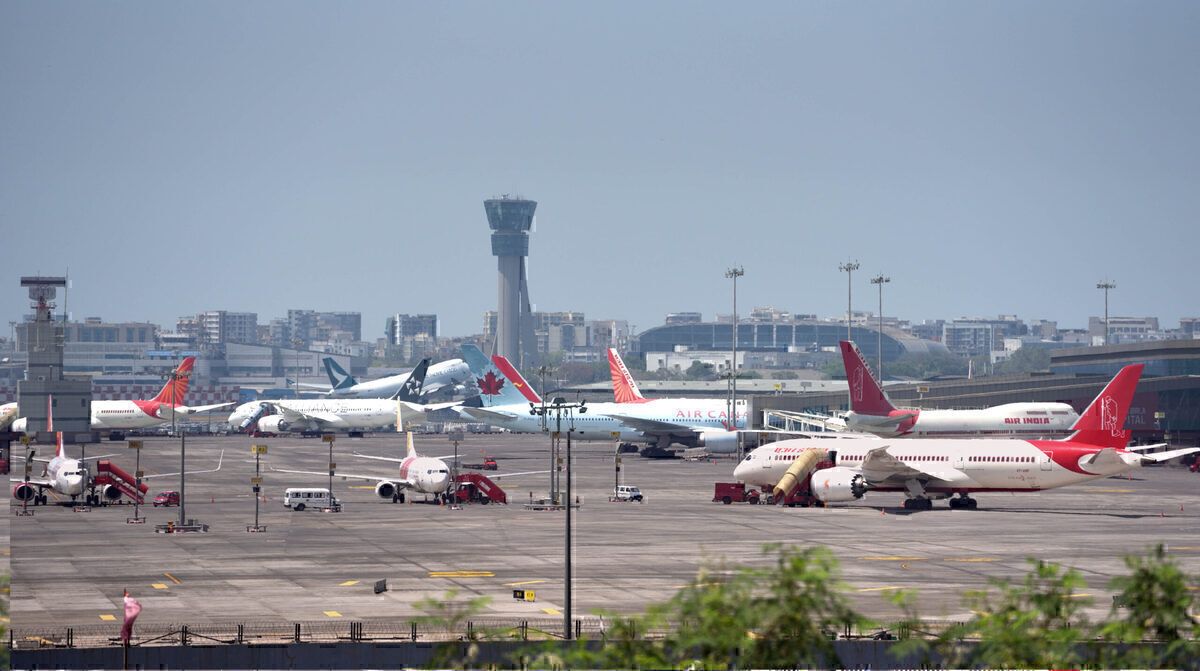India’s second-busiest airport, Mumbai’s Chhatrapati Shivaji Maharaj International Airport, now relies entirely on green sources for its energy needs. The airport had been gradually moving towards sustainable sources of energy for the last few months and became 100% green in its power consumption by August.
Mumbai airport switches to green energy
Mumbai’s Chhatrapati Shivaji Maharaj International Airport (CSMIA) has been running totally on green energy for more than a month now. It became the first airport in India to launch a hybrid vertical-axis wind turbine and solar photovoltaic system for its energy needs in April. Since then, it has gradually inched towards making a complete switch to sustainable sources.
CSMIA’s green energy consumption was 57% in April. Between May and July, it had increased enormously to 98%, and by August, it was fully reliant on renewable energy sources. Currently, CSMIA gets 5% of its power through solar energy, and the remaining 95% comes from hydro and wind energy. A CSMIA spokesperson commented,
“We are delighted to achieve this key milestone in our journey towards attaining a sustainable future for CSMIA. This encourages us to stay committed to our net zero efforts.”
Net zero by 2029
There are several other initiatives planned by CSMIA to reduce its carbon footprint further. Its spokesperson said that the airport aims to reduce an additional 3,000 tons of emissions annually by making changes, including replacing traditional airport vehicles with electric variants, and improving waste management, among other things.
Get the latest aviation news straight to your inbox: Sign up for our newsletters today.
The airport’s current 10 Kwp Hybrid Solar Mill can harness solar and wind energy to generate electricity and is capable of reducing carbon dioxide emissions by around 120,000 tons annually. All these efforts are part of CSMIA’s larger target to achieve Net Zero Emission by 2029.
Green initiatives
India’s civil aviation minister Jyotiraditya Scindia has been quite vocal about making Indian aviation more sustainable and recently declared his plans to make several Indian airports carbon-neutral in the coming years.
Check out more Indian aviation news here.
India has just over 140 airports, a number that is set to rise to 220 in the next five years. By 2024, more than 90 airports in the country are targeted to be carbon-neutral.
Delhi (DEL) and Kochi (COK) airports are already leading the green initiative by using renewable energy for their power needs. Earlier this year, Delhi airport became the first in the country to rely on hydro and solar power completely. Moving to sustainable sources for its energy needs is expected to indirectly reduce 200,000 tons of carbon dioxide emissions every year.
In 2015, Cochin International Airport in the southern state of Kerala became the first in the world to use solar energy for all its energy needs.
What do you feel about Indian airports’ green initiatives? Please leave a comment below.



